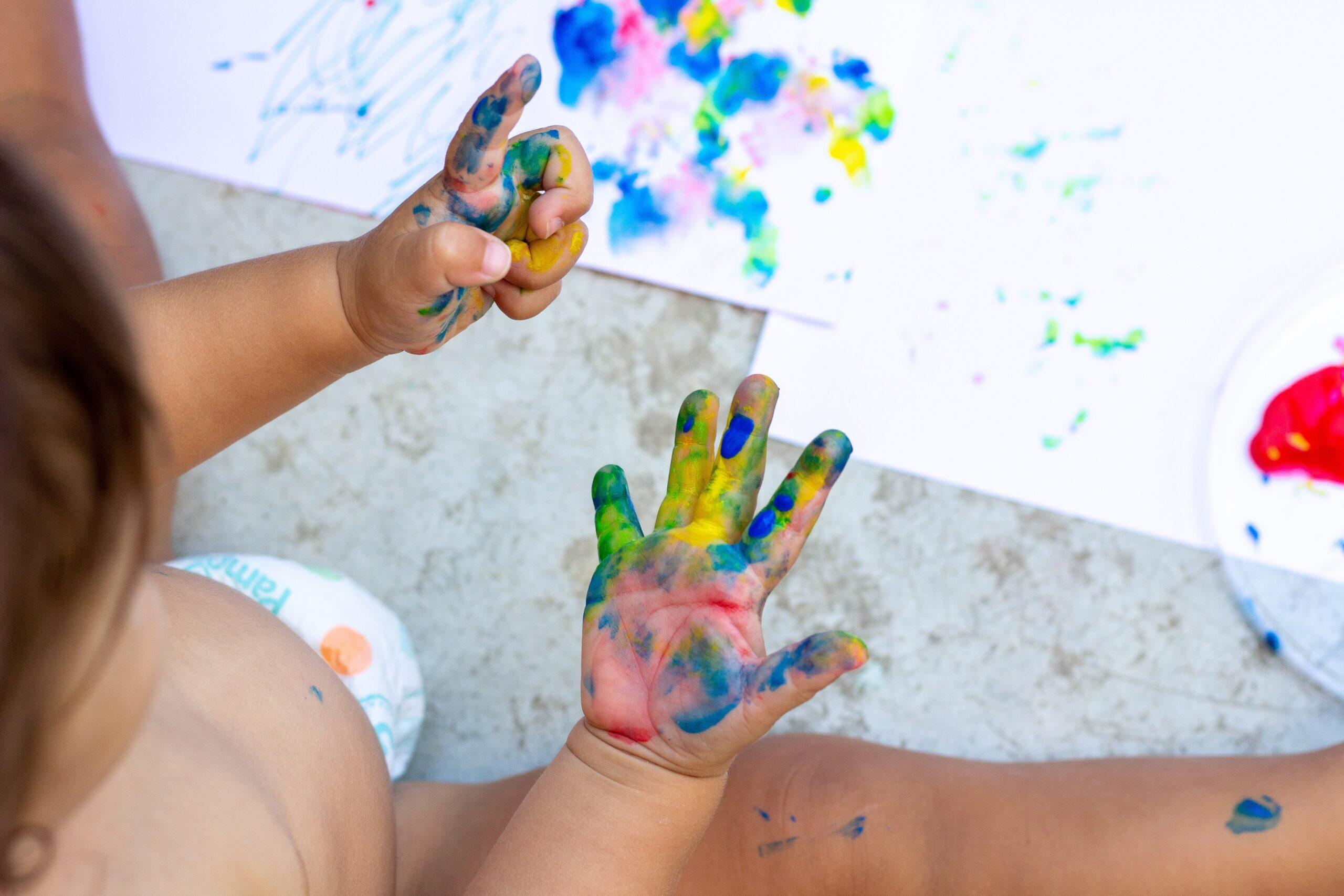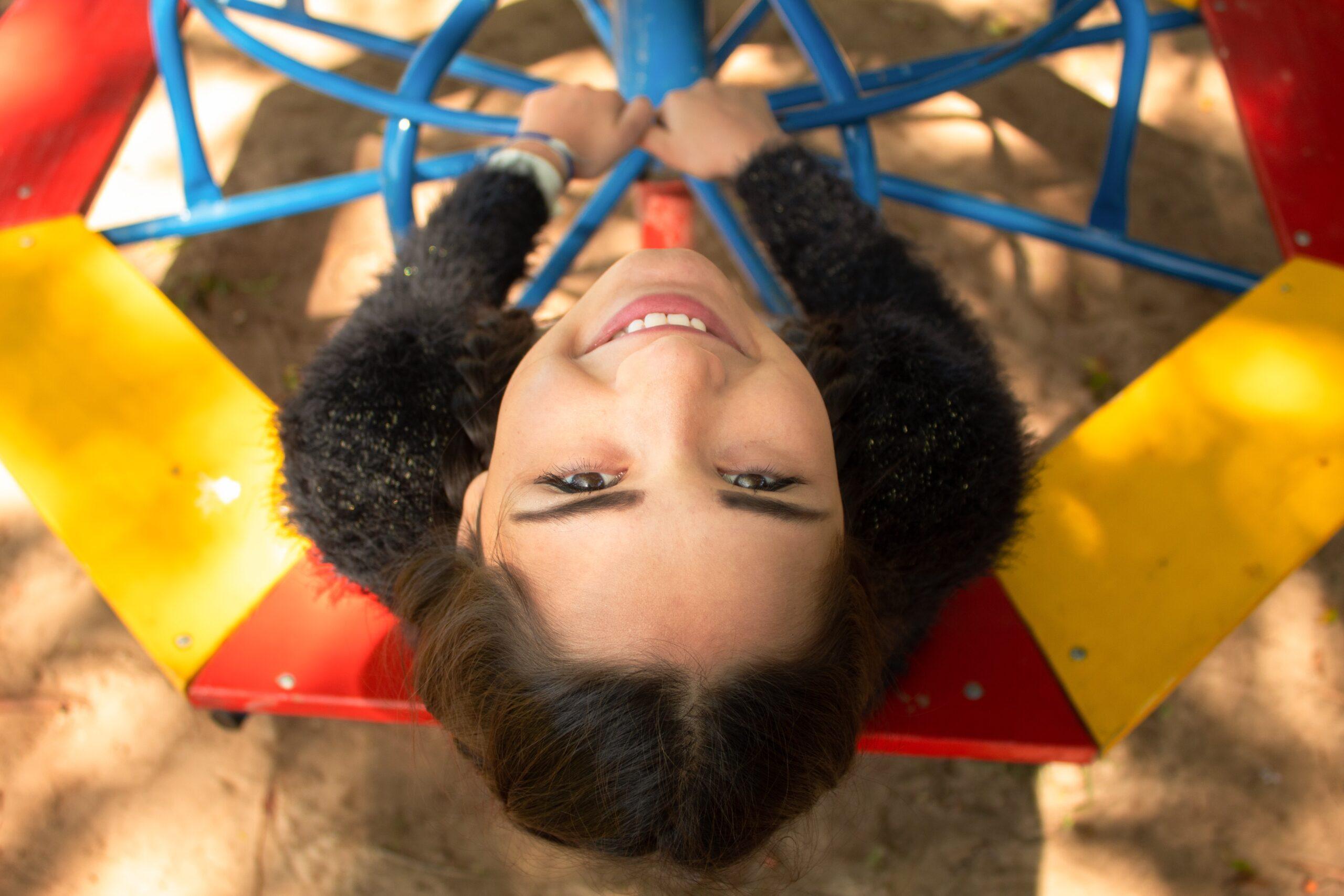Airway obstruction injury is the leading cause of unintentional injury-related death among infants under age 1. These injuries occur when children are unable to breathe normally because food or objects block their internal airways (choking), materials block or cover their external airways (suffocation) or items become wrapped around their necks and interfere with breathing (strangulation).
- Choking
- Suffocation
- Strangulation
- Who Is at Risk?
- Prevention Tips
- Place an infant on his back on a firm, flat crib mattress in a crib that meets national safety standards.
- Always supervise young children while they are eating and playing.
- Ensure the children play with age-appropriate toys, as indicated by safety labels.
- Remove hood and neck drawstrings from all children’s outerwear.
- Tie up all window blind and drapery cords, or cut the ends and retrofit with safety tassels.
Choking
The majority of childhood choking injuries are associated with food items. Children are at risk from choking on small, round foods such as hot dogs, candies, nuts, grapes, carrots and popcorn.
Non-food choking hazards tend to be round or conforming objects such as coins, small balls and balloons.
Suffocation
Sixty percent of infant suffocation occurs in the sleeping environment. Infants can suffocate when their faces become wedged against or buried in a mattress, pillow, infant cushion or other soft bedding; or when someone in the same bed rolls over onto them. Infants can also suffocate when their mouths and noses are covered by or pressed against a plastic bag.
Children can suffocate when they become trapped in household appliances, such as refrigerators or dryers, and toy chests.
Strangulation
Strangulation occurs among children when consumer products become wrapped around their necks. Common items include clothing drawstrings, ribbons or other decorations, necklaces, pacifier strings, window blinds and drapery cords.
Children strangle in openings that permit the passage of their bodies, yet are too small for, and entrap, their heads. These include spaces in bunk beds, cribs, playground equipment, baby strollers, carriages and high chairs.
Who Is at Risk?
- Children ages 4 and under, especially under age 1, are at greater risk for all forms of airway obstruction injury.
- Male, low-income and nonwhite children are at increased risk for suffocation, choking and strangulation.
- Black infants are more likely than white infants to be placed to sleep on their stomachs and on softer bedding.
- Children placed in adult beds are at increased risk for airway obstruction injury.
Prevention Tips
Place an infant on his back on a firm, flat crib mattress in a crib that meets national safety standards.
Remove pillows, comforters, toys and other soft products from the crib. Never hang anything on or above a crib with string or ribbon longer than seven inches.
Always supervise young children while they are eating and playing.
Do not allow children under age 6 to eat small, round or hard foods, including hot dogs. Keep small items such as safety pins, jewelry and buttons out of children’s reach. Learn first aid and CPR.
Ensure the children play with age-appropriate toys, as indicated by safety labels.
Inspect old and new toys regularly for damage. Consider purchasing a small parts tester to determine whether or not small toys and objects in your home may present a choking hazard to young children.
Remove hood and neck drawstrings from all children’s outerwear.
To prevent strangulation, never allow children to wear necklaces, purses, scarves or clothing with drawstrings while on playgrounds.
Tie up all window blind and drapery cords, or cut the ends and retrofit with safety tassels.
The inner cords of blinds should be fitted with cord stops. Never place a crib near a window. Do not allow a child under age 6 to sleep on the top bunk of a bunk bed. Ensure that all spaces between the guardrail and bed frame, and all spaces in the head and foot boards, are less than 3.5 inches.




